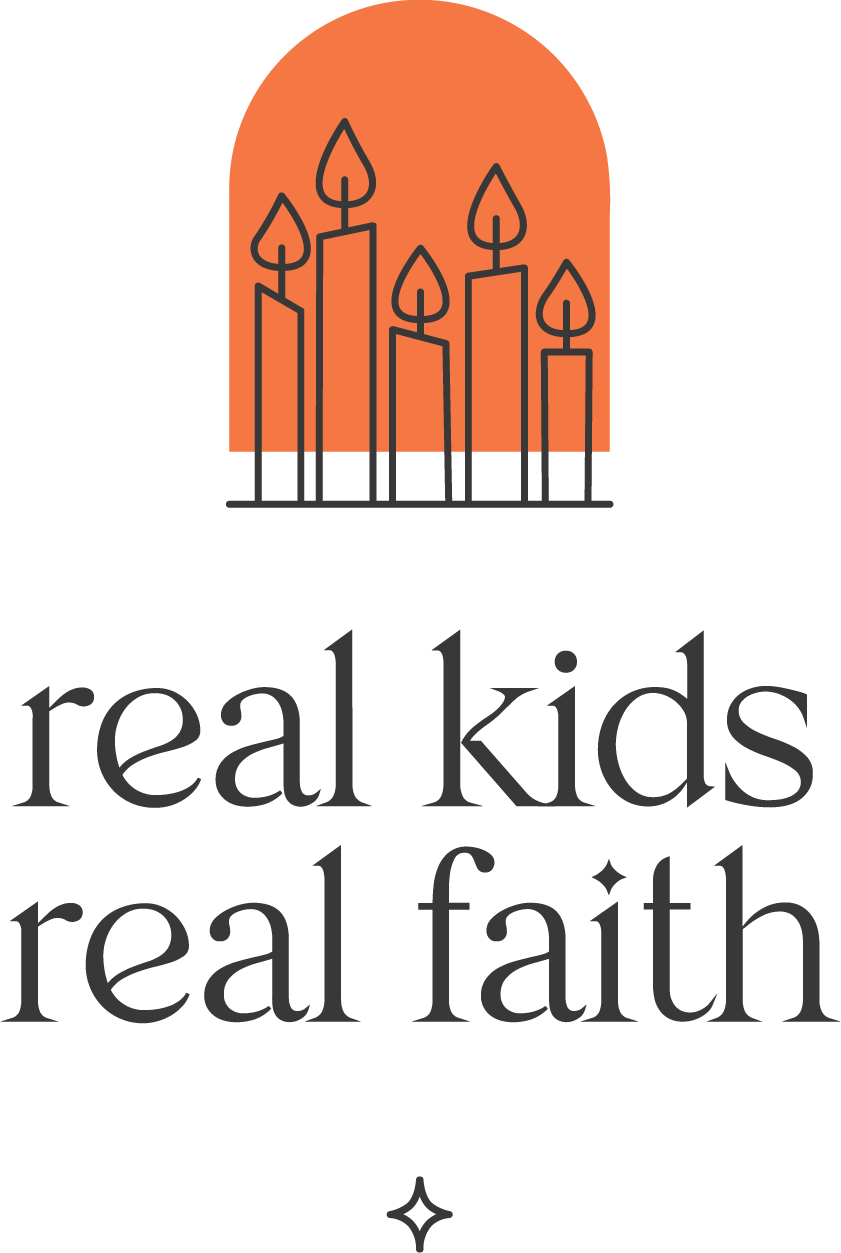“Guess what, mom!” called my son as he got in the car after school. “I get to be the recycling collector this week!” This was one of his favorite assignments in the rotation of jobs his teacher gave out. He liked gathering scrap paper and checking empty plastic containers left from lunch for the symbol that meant they could go in the class recycling bin. The task helped him feel like he was making a difference in his school community.
Developing a sense of communal responsibility isn’t automatic for children. Many of the messages they receive focus on the need to become independent and take care of themselves. They learn to compete with others to determine who is better at math, can draw a nicer flower, or kick a soccer ball most accurately into a goal. They want to stand out as a ‘winner’.
Yet kids also want to feel that they belong and have something to contribute to society. They need opportunities to practice prosocial skills. While intentional role playing activities can serve this purpose, they may feel contrived or disconnected from daily interactions. Styling your group or class as a mini-society where children can embrace meaningful roles is a more effective approach.
One way to encourage children to contribute to this mini-society is to create a rotating set of group jobs that promote respect, kindness, contextual awareness, and gratitude. Think of these jobs as short apprenticeships in social emotional development rather than purely task-oriented. The goal is to help kids discover genuine ways that they can support and care for their community and make it a better place for everyone.
As you develop your job descriptions, think about the kinds of prosocial skills you want to nurture. Then tailor each position to encourage practices that support those skills. For example:
Kindness Detective. This child observes others and notes instances when someone is kind to another person. They share highlights from their observations during a group check-in or by posting examples on a physical or digital group notice board.
Mood DJ. This child chooses appropriate music to accompany group activities like quiet reflection, active learning, and cleaning up after a project. (Preapprove a playlist created through suggestions from the whole group.)
Concierge. This child welcomes visitors and asks how they can help them feel comfortable in the group. They liaise with peers and group leaders to support newcomers.
Compliments Chief. This child actively offers encouragement to peers with high-fives, snaps, and words of appreciation for how others are contributing to the group.
Photographer. This child creates a photo collage of group members as they work together on activities and projects, taking care to include everyone and show how they help and support one another.
Gratitude Guru. This child encourages peers to share things for which they are grateful and might even develop a group cheer to celebrate when it’s time to celebrate work done well.
Connector. This child looks for ways to connect peers who might benefit from help with those who have skills to assist. They might also be responsible for researching other community organizations that the group might partner with to do larger projects.

Comments